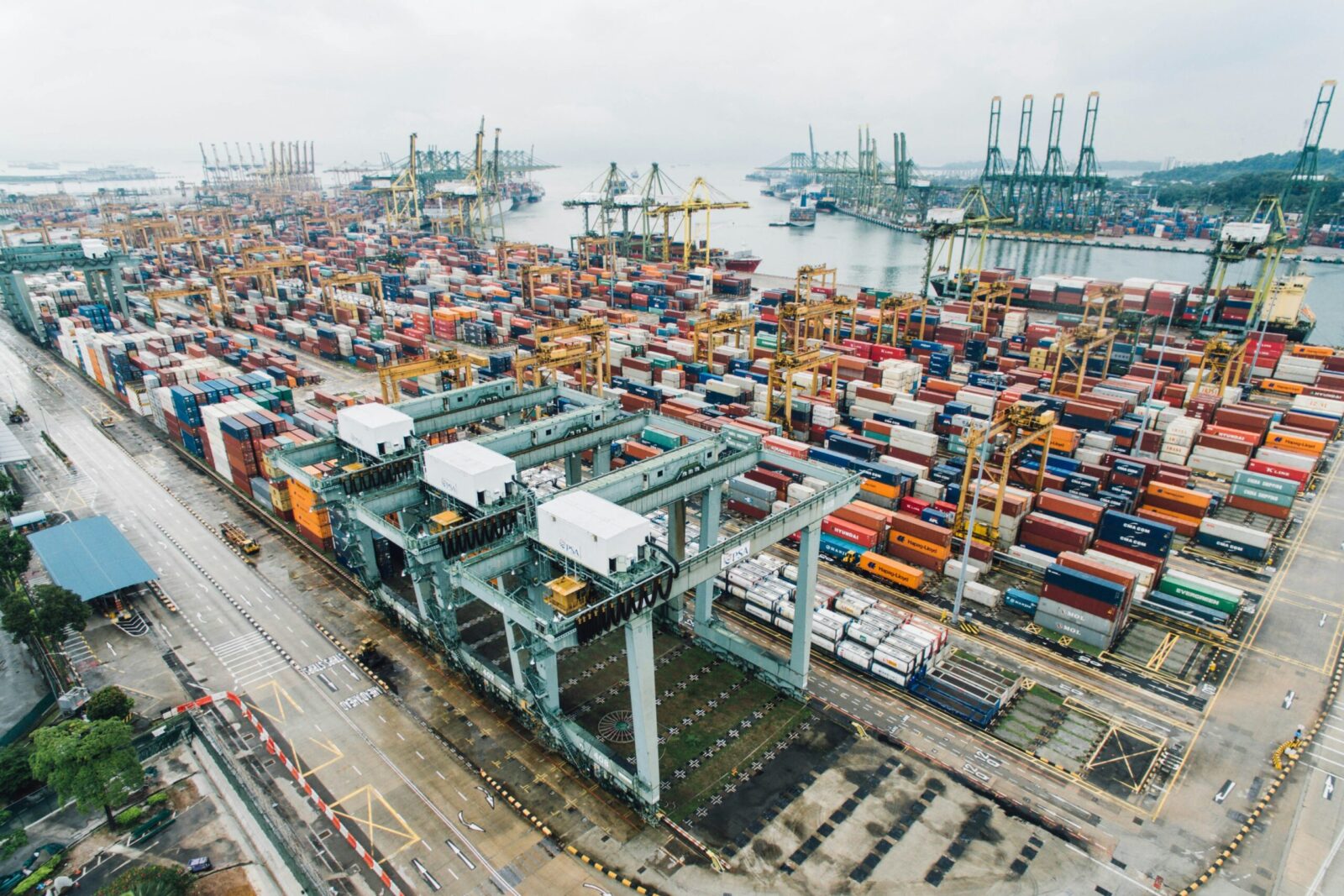
Supply Chain Management: 10 Trends Shaping Its Future
Introduction Rapid technical breakthroughs and changing market conditions are shaping supply chain management. Businesses must adapt to these changes to...

Get 20€ off on your first order!
Remember the days of paper-filled offices and confusing spreadsheets saved in different places on your computer? They start to feel quite outdated, don’t they?
Today, procurement professionals around the world are embracing newer, better ways of managing their supply chains with digital tools.
But what do we mean by ‘digital supply chain’?
Simply put, supply chain digitization means swapping out old manual systems for smarter, connected digital tools. Imagine going from jigsaw puzzle pieces everywhere to a clear, finished picture. These new tools help businesses like yours pull all their information into one easy-to-use place, making things run smoother and faster.
In this article, we will walk you through some best practices to successfully implement this digital shift into your workflow, highlighting the benefits, and offering insights on navigating the potential challenges.
Here are the topics we will cover:
The landscape of supply chain management is changing, not with baby steps, but with digital leaps. And while both traditional and digital methods have their merits, there’s an undeniable tilt towards the latter, courtesy of its advanced capabilities.
For many decades, businesses have relied on traditional supply chains, which, despite leveraging technology to an extent, are distinctively different from today’s digital supply chain trends. A typical example? Traditional supply chains might employ a standalone inventory management system isolated from the company’s finance or order management systems. On the contrary, a digital supply chain offers integrated technology systems where everything from inventory to financials is connected and accessible in real-time, creating transparency and eliminating the walls between various supply chain segments.
Moreover, traditional supply chains operate based on historic patterns. Think of a procurement manager at a construction company purchasing more dust masks based on a previous project’s consumption. While this approach has its merits, it’s reactive. When shifting to digital practices, the same procurement manager will be able to rely on accurate data to gauge and respond to immediate market fluctuations, identify risks, and pivot strategies dynamically. For instance, the same procurement manager will be able to anticipate a sudden spike in demand for specialized safety equipment during a season with a higher forecast of airborne contaminants
On top of that, lead times in traditional supply chains tend to be more extended, largely because of manual processes that dominate various stages. Consider the time taken from receiving a purchase order, manually checking inventory, processing the order, and then shipping it. The digital supply chain, with its advanced supply chain tools, slashes these times considerably.
In sum, while traditional supply chains have paved the way, the digital supply chain, enriched with suppliers’ technology and revamped supply chain management processes, is steering businesses towards a future defined by efficiency, agility, and intelligence.
Ever been faced with the daunting task of making procurement decisions on limited data? As the world of procurement evolves towards a virtual trajectory, tapping into the power of a digital supply chain might be your game-changer.
Here are 3 reasons why:
Ever felt the rush of excitement when you switched out an old mobile phone for the latest model? That transition from old to new, while thrilling, requires some getting used to.
On the same note, transitioning from a traditional supply chain to a digital one requires preparation and thoughtful execution.
Here, are 5 best practices we recommend you follow:
In essence, transitioning to a digital supply chain is a holistic approach that requires goal-setting, iterative implementation, team training, and knowledge of the latest trends.

Recalling those days of cluttered offices and baffling spreadsheets saved in obscure folders, it’s evident how far we’ve travelled. Today, digital supply chains provide businesses with streamlined processes, bringing their efficiency to new heights.
While the traditional approaches have their merits, they often leave procurement professionals grappling with unpredictable stock levels. In contrast, today’s digitized systems allow for accurate demand forecasting, real-time inventory assessments, and strategic restocking.
Of course, implementing your own digital supply chain requires a holistic approach and a clear understanding of both your goals and the risks involved. However, when done right, the rewards will outweigh the efforts.
Thank you! You've signed up for our newsletter.



















Introduction Rapid technical breakthroughs and changing market conditions are shaping supply chain management. Businesses must adapt to these changes to...

Introduction Today’s complex and turbulent business environment requires effective supply chain risk management. As global supply networks become more intertwined,...

Lean logistics applies lean management to supply chain performance. Lean Logistics eliminates non-value-added procedures to improve commodity flow and cut...

Introduction Rapid technical breakthroughs and changing market conditions are shaping supply chain management. Businesses must adapt to these changes to...

Introduction Today’s complex and turbulent business environment requires effective supply chain risk management. As global supply networks become more intertwined,...

Lean logistics applies lean management to supply chain performance. Lean Logistics eliminates non-value-added procedures to improve commodity flow and cut...
Get 20€ off on your first order!
Save 30% by buying directly from brands, and get an extra 10€ off orders over €100
Save 30% by buying directly form brands, and get an extra 10€ off orders over €100